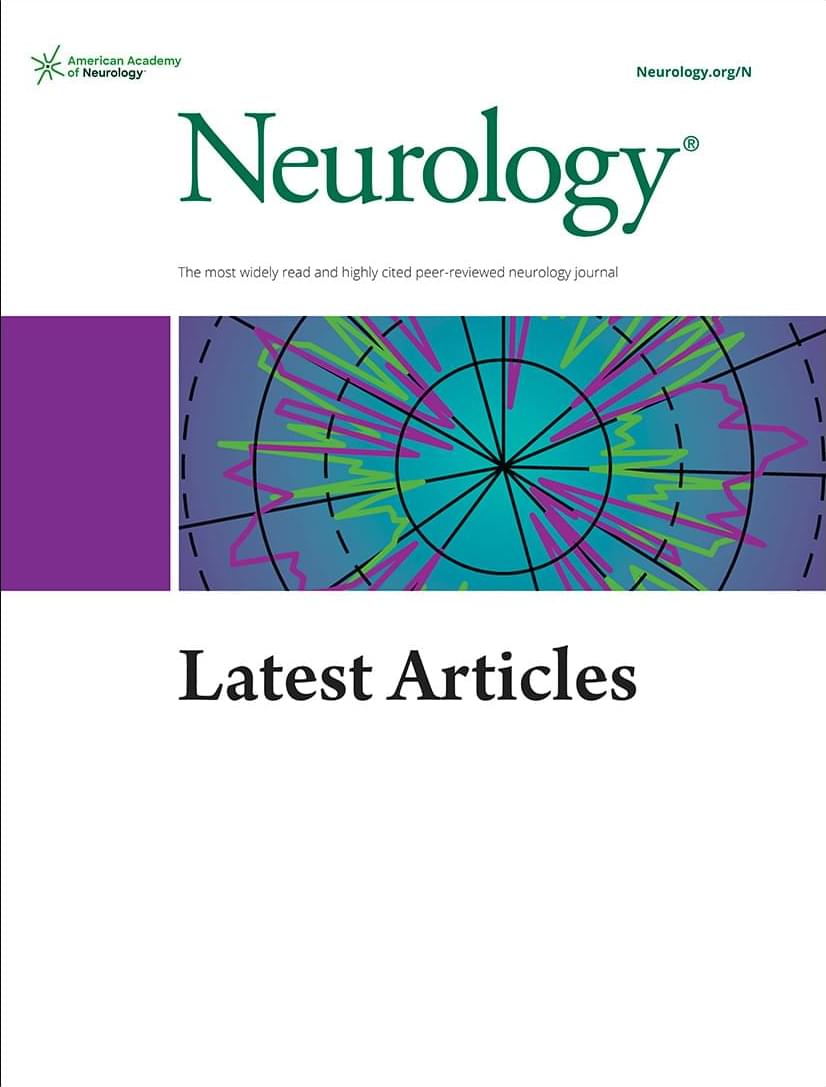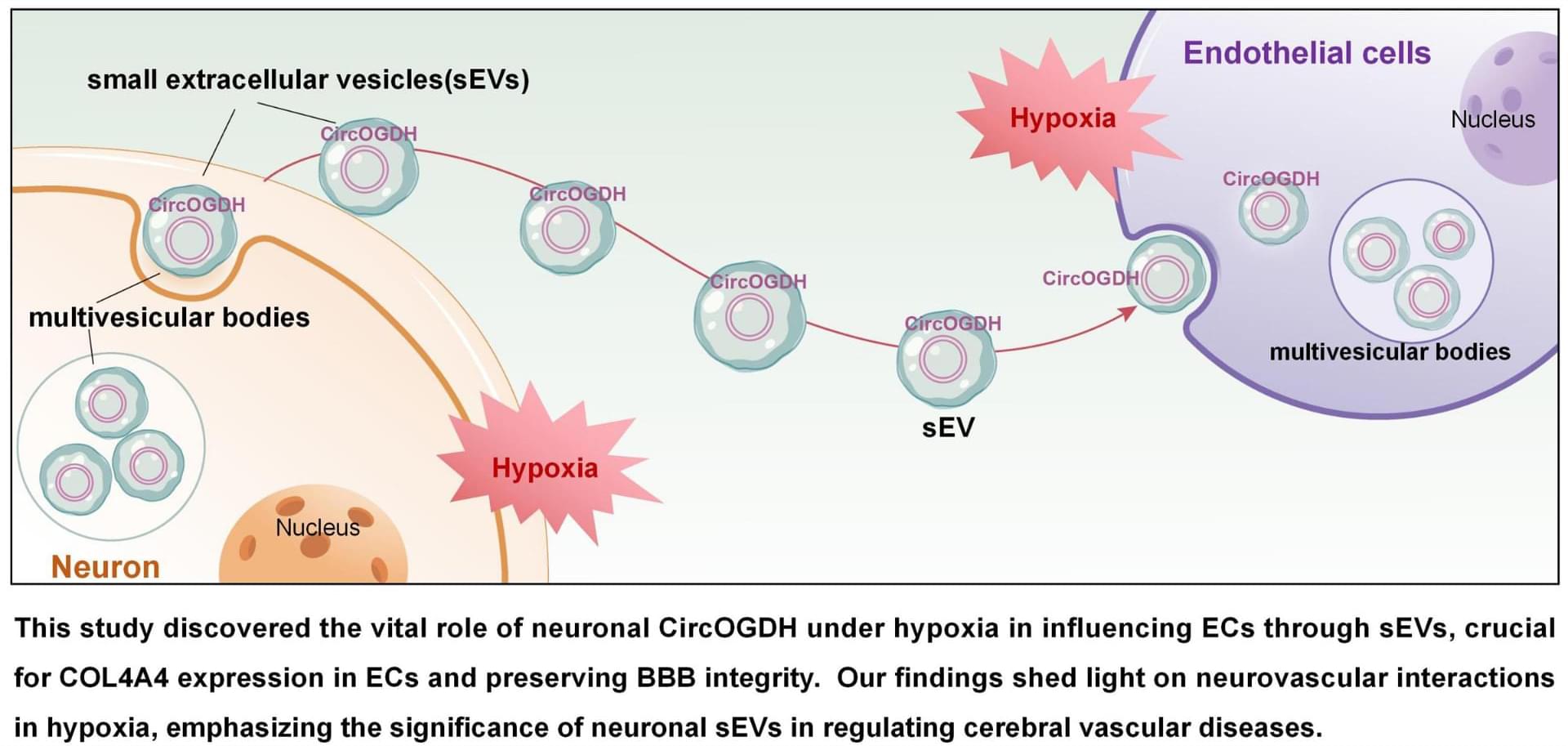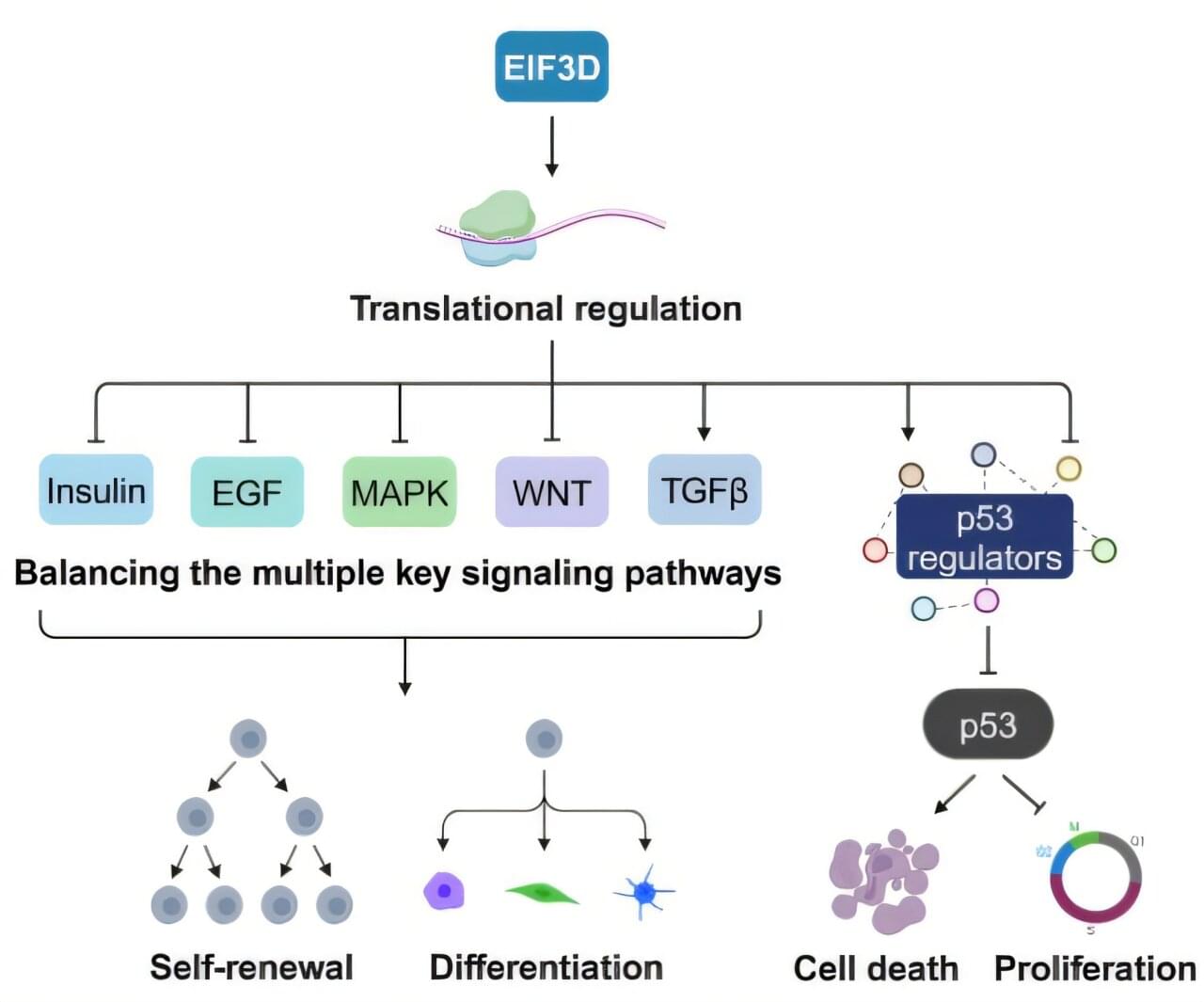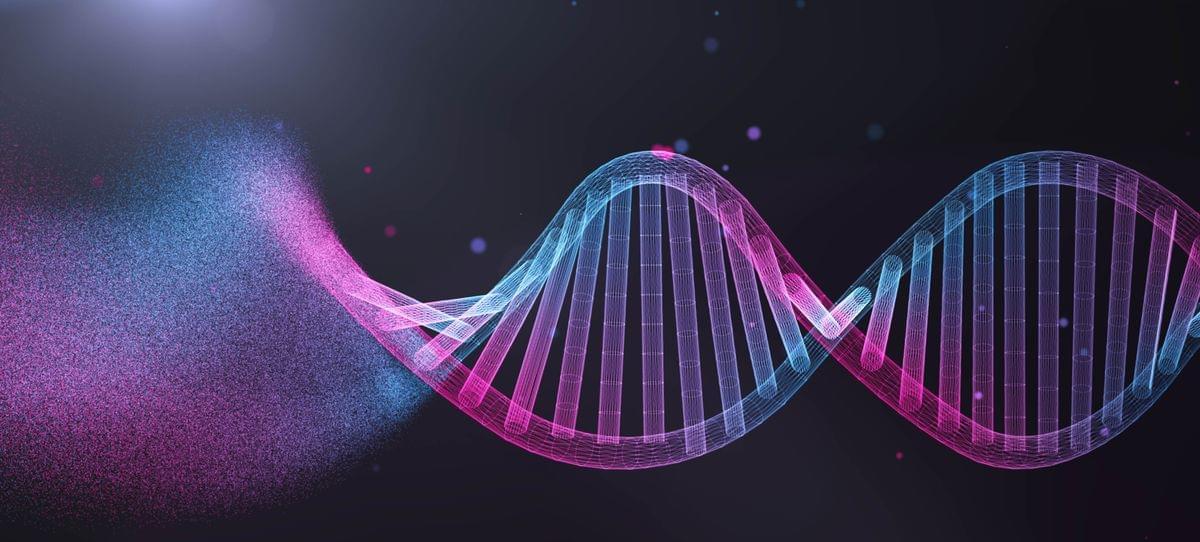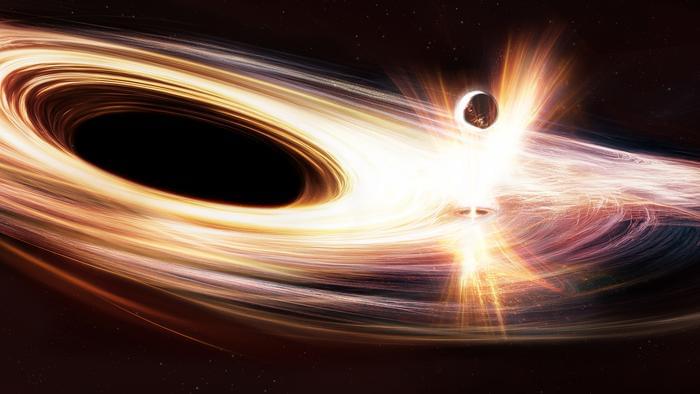Pediatric neuroimmune disorders comprise a heterogeneous group of immune-mediated CNS inflammatory conditions. Some, such as multiple sclerosis, are well defined by validated diagnostic criteria. Others, such as anti-NMDA receptor encephalitis, can be diagnosed with detection of specific autoantibodies. This review addresses neuroimmune disorders that neither feature a diagnosis-defining autoantibody nor meet criteria for a distinct clinicopathologic entity. A broad differential in these cases should include CNS infection, noninflammatory genetic disorders, toxic exposures, metabolic disturbances, and primary psychiatric disorders. Neuroimmune considerations addressed in this review include seronegative autoimmune encephalitis, seronegative demyelinating disorders such as neuromyelitis optica spectrum disorder, and genetic disorders of immune dysregulation or secondary neuroinflammation.
Depression among young people (aged 18–29 years) transitioning to adulthood is becoming more widespread. Knowing which factors in which systems co-enable resilience to depression is crucial, but there is no comprehensive synthesis of the physiological, psychological, social, economic, institutional, cultural, and environmental system factors associated with no or minimal emerging adult depression, or combinations of these factors. We have therefore conducted a preregistered systematic review (Prospero, CRD42023440153).
STROKE: Hypoxia induces neuronal release of CircOGDH in small extracellular vesicles to interact with endothelial cells for enhancing blood-brain barrier repair during acute ischemic stroke.
BACKGROUND: Acute ischemic stroke disrupts communication between neurons and blood vessels in penumbral areas. How neurons and blood vessels cooperate to achieve blood-brain barrier repair remains unclear. Here, we reveal crosstalk between ischemic penumbral neurons and endothelial cells (ECs) mediated by circular RNA originating from oxoglutarate dehydrogenase (CircOGDH). METHODS: We analyzed clinical data from patients with acute ischemic stroke to explore the relationship between CircOGDH levels and hemorrhagic transformation events. In addition, a middle cerebral artery occlusion and reperfusion mouse model with neuronal CircOGDH suppression was used to assess endothelial permeability.
The study, as reported by the Independent, outlines that rural areas can often provide roadblocks for researchers:
“Communities in remote locations or impacted by conflict and violence are difficult to access, and census enumerators often face language barriers and resistance to participation.”
A team of CiRA researchers has uncovered the crucial role of EIF3D—a protein translational regulator—in primed pluripotency. The research is published in the journal Science Advances.
According to the central dogma of molecular biology, information flows from DNA to RNA to protein. While much is known about pluripotency —the ability to differentiate into any other cell type in the body and to divide indefinitely—in terms of transcriptional and epigenetic regulation, as well as signal transduction, how protein translation ties these control mechanisms together remains largely underexplored.
To identify genes important for maintaining primed pluripotency—a state poised for differentiating into various cell types in the body, the research team, led by Associate Professor Kazutoshi Takahashi and Assistant Professor Chikako Okubo, began with a genome-wide genetic screen based on CRISPR interference (CRISPRi) that systemically reduces the expression of every single gene in the genome of a pluripotent stem cell (PSC) line.
This ancient people lived in the Sahara when it was a much more welcoming environment.
After netting the world’s highest-paying science award, preeminent theoretical physicist Gerard ’t Hooft reflects on his legacy and the future of physics
In 1963, Alfred Heineken created a beer bottle that could also function as a brick to build houses in impoverished countries.
What can astronomers learn from observing black holes that suddenly wake up? This is what a recent study published in Nature Astronomy hopes to address as an international team of researchers investigated what a black hole looks like when it goes active and starts accumulating matter in its environment. This study has the potential to help researchers better understand the peculiar nature of black holes, which remains one of the most intriguing and mysterious objects in the universe.
For the study, the researchers observed a black hole residing at the center of SDSS1335+0728, which is located approximately 300 million light-years from Earth in the constellation Virgo. This study builds on observations first made in 2019 of activity of this particular black hole, which was nicknamed “Ansky”, and has since been designated as an active galactic nucleus. But new observations made in 2024 revealed Ansky was emitting X-ray bursts regularly, and the astronomers pounced at the chance to observe a black hole waking up, so to speak.
“This rare event provides an opportunity for astronomers to observe a black hole’s behavior in real time, using X-ray space telescopes XMM-Newton and NASA’s NICER, Chandra and Swift,” said Dr. Lorena Hernández-García, who is a researcher at Valparaiso University in Chile and lead author of the study. “This phenomenon is known as a quasiperiodic eruption, or QPEs are short-lived flaring events. And this is the first time we have observed such an event in a black hole that seems to be waking up.”
